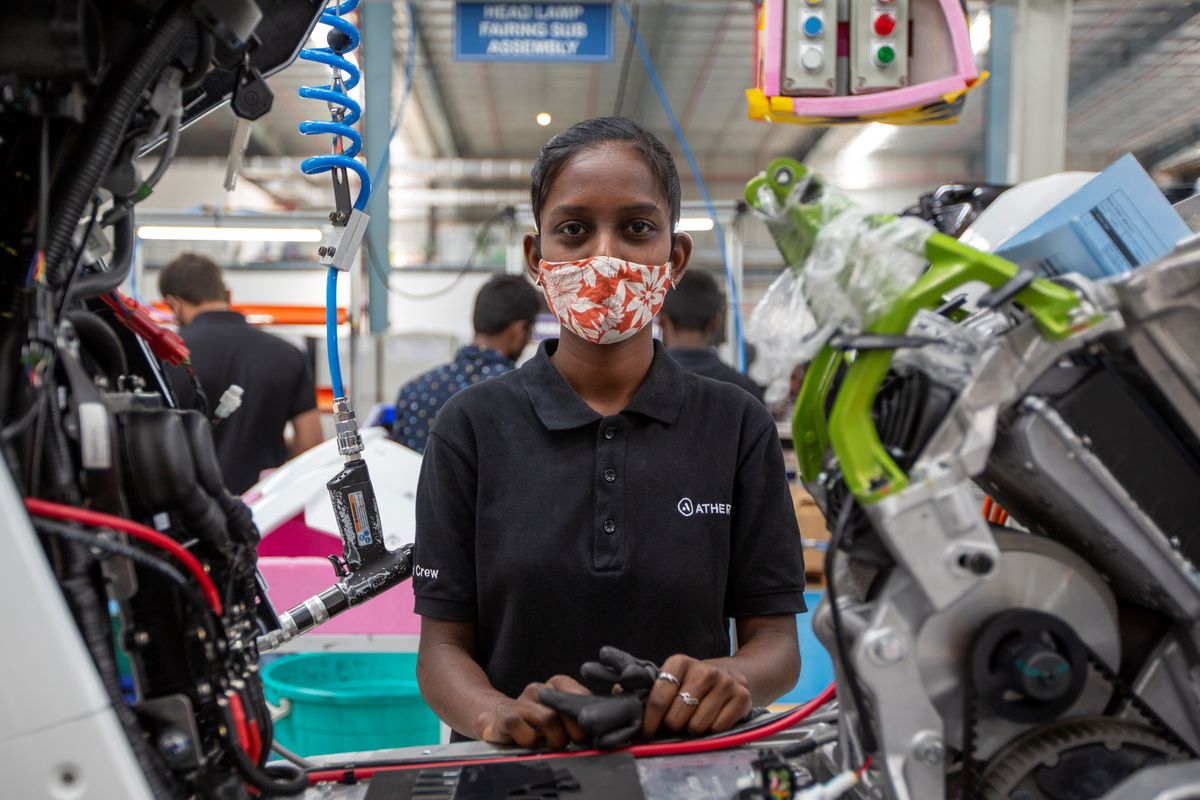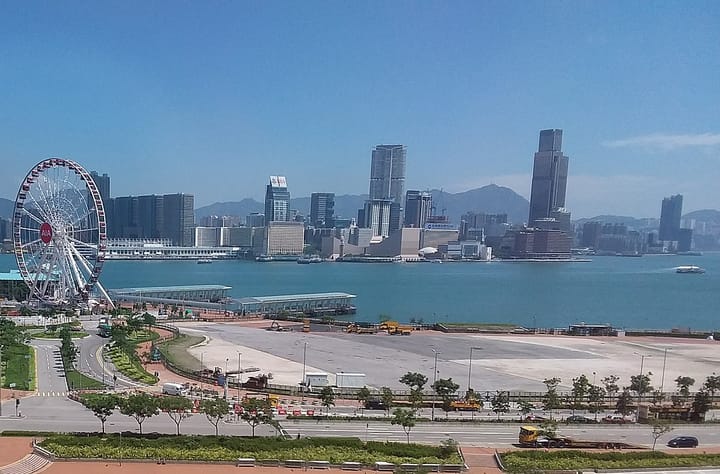Where we’re at with closing the gender gap
Every year, the World Economic Forum (WEF) publishes a report showing, on a scale of 0-100 how much the global gender gap has closed.

A few minutes every morning is all you need.
Stay up to date on the world's Headlines and Human Stories. It's fun, it's factual, it's fluff-free.
The backstory: Every year, the World Economic Forum (WEF) publishes a report showing, on a scale of 0-100 how much the global gender gap has closed. It looks at a total of 146 countries to gauge where we’re at in the world as far as equity when it comes to economic participation and opportunity, educational attainment, health and survival and political empowerment.
The first time the report was conducted was back in 2006 when the world was at 64.3%. The idea behind the data is to be transparent about these differences so that we can know the scope of the problem in order to really address it. By giving women and girls more opportunities in all parts of the world, we can improve their access to autonomy while also growing the global economy.
More recently: The WEF gender gap report put us at 68.1% closed last year. We’re dealing with a few different challenges when it comes to closing the gender gap in the fields measured by the WEF. The COVID pandemic made it harder for a lot of girls and women to access education and work opportunities. Last week, the UN released a report showing that 40% of people believe men make “better business executives” than women. Social norms all over the world are still keeping women from achieving equality.
The development: This year’s report came out on Wednesday, and it shows we’re at 68.4% closed when it comes to the gender gap. That’s slower progress than experts were hoping for. Based on how things are trending, it looks like we won’t achieve equal pay between the genders before a global average of 131 years, so not until around 2154. Based on the same data, the East Asia and Pacific region will take 58 years more than that average to close the gender gap –189 years. The report does show that education, health and survival, and political empowerment have seen some progress, but economic participation saw a bit of a downturn (probably partly due to the economic instability we’ve been seeing).
Key comments:
“The tepid progress on persistently large gaps documented in this seventeenth edition of the Global Gender Gap Report creates an urgent case for renewed and concerted action,” Saadia Zahidi, the managing director of the World Economic Forum, wrote in the report. “Accelerating progress towards gender parity will not only improve outcomes for women and girls but benefit economies and societies more widely, reviving growth, boosting innovation and increasing resilience.”
“Lack of progress on gender social norms is unfolding against a human development crisis,” Pedro Conceição, head of the UN Development Program’s Human Development Report Office, said last week. “Everyone stands to gain from ensuring freedom and agency for women.”




Comments ()